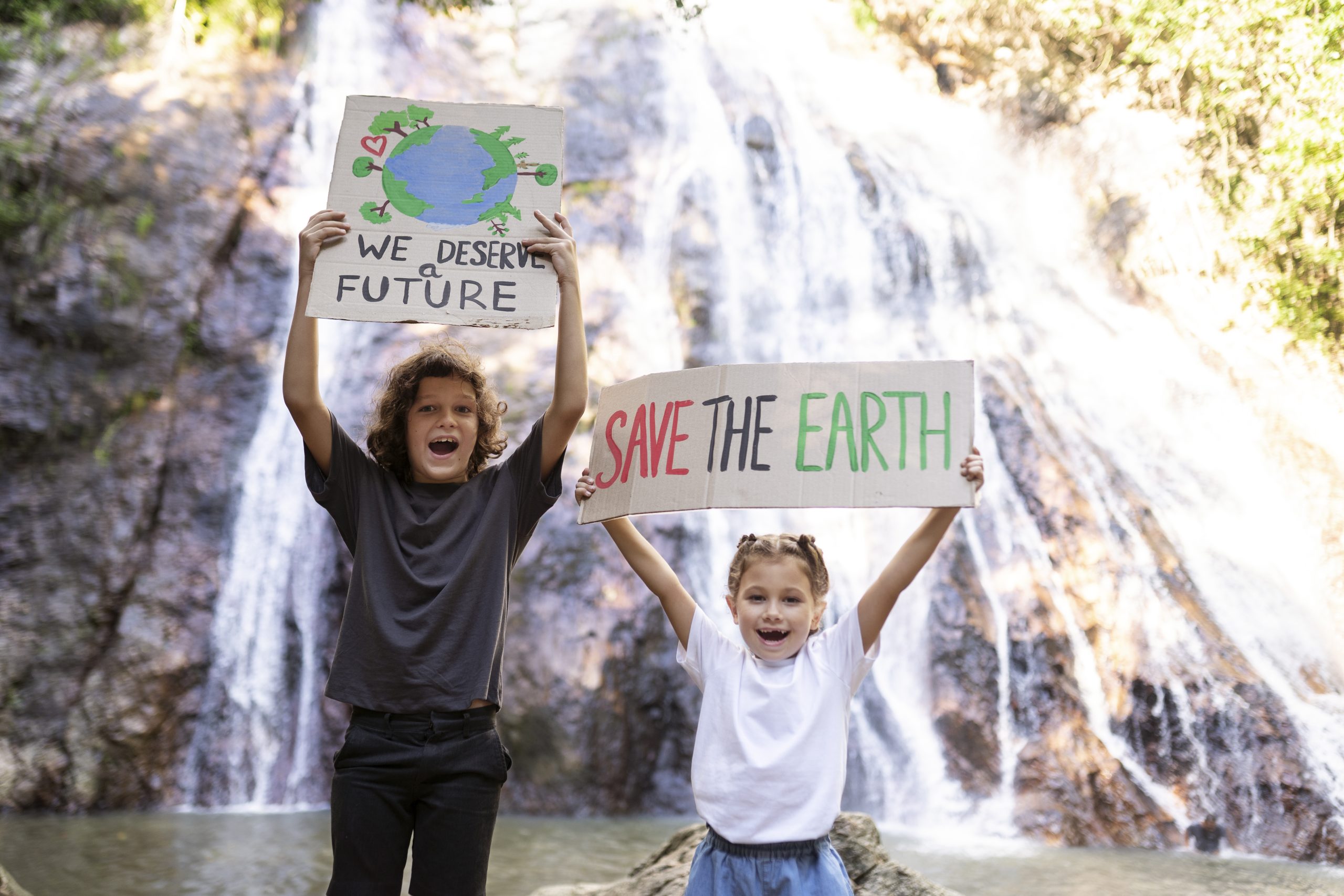
Field Trips: Preparing Teachers for an Environmentally Conscious and Active Experience
Field trips offer preschoolers an exciting opportunity to learn and explore beyond the classroom walls. These outings foster interaction with the environment, observation of nature, and exploration of new places, all vital for intellectual development.
However, organizing a fruitful field trip can be challenging for educators, requiring meticulous organization. Teachers must arrange transportation, develop lesson plans, ensure student safety, and be mindful of the trip’s environmental impact, fostering eco-consciousness among students while ensuring enjoyment.
Understanding the Importance of Field Trips
Field trips stimulate preschoolers’ curiosity and imagination, fostering hands-on, interactive learning. They offer opportunities for observation, discovery, and engagement with the environment, aiding in talent development and social-emotional growth.
Planning the Perfect Field Trip
Thorough planning is crucial for a successful field trip. Teachers must consider location, transportation, duration, and activities. Researching the site, obtaining permits, and preparing a detailed itinerary with emergency contacts are essential steps.
Packing the Essentials
Ensuring safety and comfort on a field trip requires packing essentials like first aid kits, water bottles, snacks, sunscreen, hats, and appropriate clothing and shoes. Activity-specific items like binoculars and magnifying glasses enhance observational skills.
Staying Eco-Friendly on Field Trips
Teachers should teach eco-consciousness by reducing waste, avoiding single-use plastics, and practicing responsible litter disposal. Incorporating environmental activities like nature walks and tree planting reinforces the importance of environmental preservation.
Encouraging Active Learning
Field trips offer opportunities for active learning through open-ended questioning, surveys, experiments, and hands-on activities. Teachers should plan physically engaging activities like hiking and exploration to promote movement.
Ensuring Student Safety
Student safety is paramount. Teachers must conduct risk assessments, set clear boundaries, establish a buddy system, and have emergency communication and first aid kits on hand.
Maximizing Learning Opportunities
Field trips reinforce classroom concepts and introduce new topics. Teachers can identify flora and fauna or explore different ecosystems, cultures, and historical landmarks, fostering deeper learning.
Engaging Students Before and After the Trip
Preparing students for the trip and facilitating reflection afterward enhances learning. Sharing expectations, allowing students to share experiences, and creating post-trip projects encourage reflection.
Collaborating with Parents and Guardians
Parent involvement is vital for trip success. Informing parents, obtaining permissions, and encouraging volunteering ensures a collaborative effort supporting student learning.
Creating Inclusive Experiences
Field trips should accommodate all students. Ensuring accessibility and considering cultural and linguistic differences promote inclusivity and engagement.
Incorporating Technology
Technology enhances the trip with multimedia presentations, supplementary materials, and communication tools. It adds depth to learning and facilitates engagement.
Evaluating the Trip
Reflection and feedback aid in improving future trips. Evaluating student learning, identifying strengths and weaknesses, and incorporating feedback enhance trip planning.
Fostering a Sense of Community
Field trips foster community spirit. Encouraging teamwork, reflection, and celebration of shared experiences builds camaraderie among students.
Incorporating Local and Global Perspectives
Trips offer exposure to local and global issues. Exploring communities, cultures, and global challenges cultivates empathy and responsibility.
Continuity and Integration with Classroom Learning
Integrating trips with curriculum ensures continuity. Connecting topics before, during, and after the trip inspires ongoing exploration and learning.
Adapting to Changing Circumstances
Flexibility is key. Teachers must adapt to unexpected changes while ensuring student safety and learning goals are met.
Implementing Sustainable Practices
Practicing sustainability minimizes environmental impact. Waste reduction, responsible resource use, and respect for nature set positive examples for students.
Encouraging Physical Activity
Physical activity enhances the trip experience. Planning movement-based activities fosters engagement and well-being.
Cultivating Curiosity and Wonder
Field trips spark curiosity and imagination. Encouraging exploration, observation, and creativity ignites a lifelong love for learning.
Building Resilience and Confidence
Trips develop resilience and confidence. Encouraging risk-taking, leadership, and peer support builds students’ self-assurance.
Supporting Social and Emotional Learning
Cooperative activities and empathy-building interactions foster social-emotional growth. Collaboration, communication, and emotional awareness promote well-rounded development.
Exploring Different Environments
Trips expose students to diverse environments. Visiting parks, nature reserves, and farms broadens students’ understanding of ecosystems and biodiversity.
Engaging with Local Communities
Interacting with local communities enriches students’ cultural knowledge. Visiting museums, cultural centers, and historical sites deepens appreciation for local heritage.
Encouraging Creativity and Imagination
Trips inspire creativity. Encouraging artistic expression, storytelling, and imaginative play fosters deeper engagement and learning.
Creating Lasting Memories
Trips create lasting memories. Facilitating reflection and commemoration of experiences ensures students cherish their learning adventures.
Conclusion
Field trips are invaluable learning opportunities, offering preschoolers unique experiences to engage with their surroundings and foster holistic development. Through careful planning, active engagement, and collaboration, teachers can create enriching and environmentally conscious trips that inspire a lifelong love for learning and a sense of responsibility for the world.


